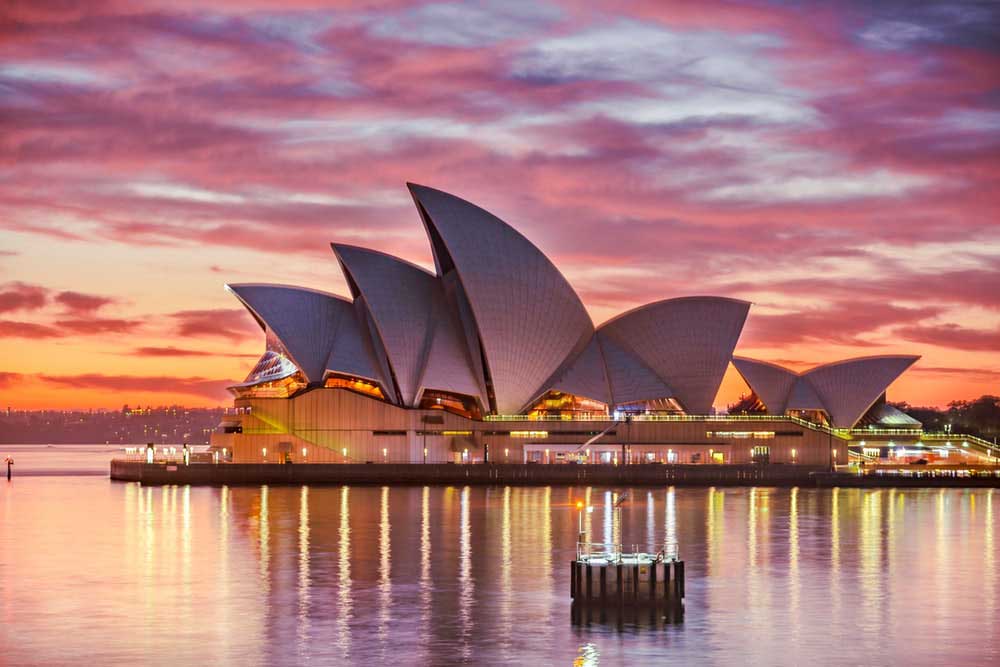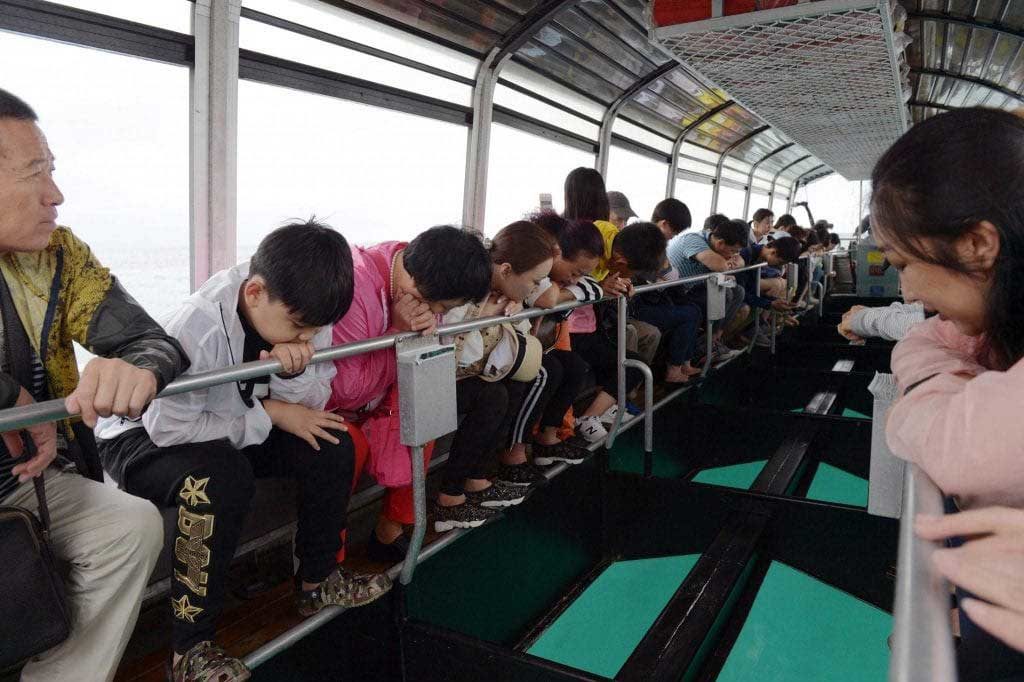Australia’s China Travel Slump: A Blip or Something Bigger?


After years of phenomenal growth, Chinese inbound tourism has hit the wall in Australia. It’s a pivotal moment for an industry that has enjoyed a golden run over the past decade. The question now is what does the future hold for Australia’s international tourism industry? For now, the answer is far from clear. Everyone knew it couldn’t last forever. Australia’s Chinese tourism boom is officially over after a decade of incredible growth, leaving new uncertain times ahead thanks to China’s slowing economy, increasing hotel supply Down Under, and the topsy-turvy world of global geopolitics. Aside from the slowing China economy which is affecting its huge outbound travel market, visa issues have also been blamed for the shrinking growth, as well as the multitude of choices Chinese travelers now have as destinations ease entry rules for them.
New figures from the Australian Bureau Statistics shows total inbound growth from China of less than 1 percent for the financial year ending June 30, 2019, over the same period in 2018. At the same time, Tourism Research Australia says China leisure visitors to Australia fell 1.3 percent in the same period following a bullish 13 percent increase the year before.
It’s clear the market has come to a screeching halt after 10 years of phenomenal growth, 16.5 percent a year for the past 10 years, says the research body, propelling Chinese tourism numbers to 1.037 million a year, from just 227,000 a decade ago. China has been neck-and-neck with New Zealand as the number one source of international tourists, and for so long the engine behind Australian tourism growth.
The big question, then, is what comes next now that Chinese tourism has stopped growing? Tourism Research Australia is remarkably optimistic despite recent events, saying there will be a quick rebound with growth of more than 5 percent in the year to June 30, before stabilizing at more than 6 percent a year over the next decade. But the industry remains uncertain.
“China has and always will be a risky market,” said Anthea Hammon, managing director of Scenic World Blue Mountains, near Sydney, which is Australia’s largest privately-owned tourist attraction with more than 1.1 million visitors a year, many of them Chinese.
“There’s a lot of various high-level factors that influence Chinese travel. It’s relatively easy for people to stop travelling from China. There’s a number of different reasons why that could happen, and we certainly consider that in our business.”

Hammon said China is reliably volatile. “We have over the past few years seen significant growth but not necessarily every year. We might be up one year and slightly off the next, then bigger growth the next year and slightly off the next. “I’m not sure yet whether or not what we’re currently in is a downward trend or just part of that up and down cycle the Chinese market seems to do naturally anyway.”
Simon McGrath, chief operating officer of Accor Hotels Pacific, Australia’s largest hotel group, said that the decline in Chinese growth is a “wake-up call” for the local industry and a warning that operators should never have all their eggs in the one basket.
“I think just expecting it to come, which we might have thought four or five years ago, [is] a bit complacent and I don’t think it’s the way or the world. The reality is the Chinese traveller has choices and I just think in a positive sense we need to be deliberate in what we do.”
“There’s healthy tourism flow between the two countries and regardless of what happens that will continue. At the moment it’s flat. Who can predict what’s going to happen in the future in today’s world? You can’t just expect visitors to come.”
He added, “I think it’s important to remember that [Australia’s] tourism sector is 80 per cent domestic and 20 per cent international.
“Of that business Australia’s always done very well because we’ve got a very healthy New Zealand stream, a very healthy UK stream, very healthy U.S. stream and then Europe plus the emerging markets of India and Southeast Asia.”
McGrath said the current negative dialogue in Australia over Chinese influence in local politics and business affairs isn’t helping matters while the time-consuming and expensive visa process is a major hindrance.
Shaizeen Contractor, chief revenue officer at TFE Hotels, said visa issues are frequently cited as a deterrent by wholesalers across Asia. “To an extent we’re seeing more wash [cancellations] from Asian groups than Chinese guests,” she said.
She said the China contraction isn’t a big issue for TFE Hotels, which operates 65 properties in Australia and has a more inbound focus on Singapore, Malaysia and India, all of which remain strong.
Looking ahead, Contractor also said it’s impossible to predict what will happen.
“It’s so hard to say,” she said. “The China market can just boom or shut down overnight. The problems in Hong Kong need to be sorted out, it’ll allow for some stability in the whole of China.”
Leo Seaton, general manager communications and government for Tourism Australia, said economic conditions are a key factor in the Chinese market slump and that the national tourism organization’s marketing focus is now on high-yield travelers.
“The slowing economy has affected outbound travel by Chinese travelers globally, impacting not only Australia but also many destinations across the globe, including the United States and New Zealand,” said Seaton.
“China however is a market that remains hugely important and our research still shows that consumer confidence for Australia is strong and forward bookings remain solid.
“Our tourism marketing efforts in China continue to be focused on growing yield, by targeting high value, free independent travelers.”
The good news is that many other inbound markets are still very much in growth mode, said Accor, TFE Hotels and Scenic World, a trend that will continue to be supported by an Australian dollar hitting 10-year lows.
Martin Kelly, Skift - Sep 18, 2019